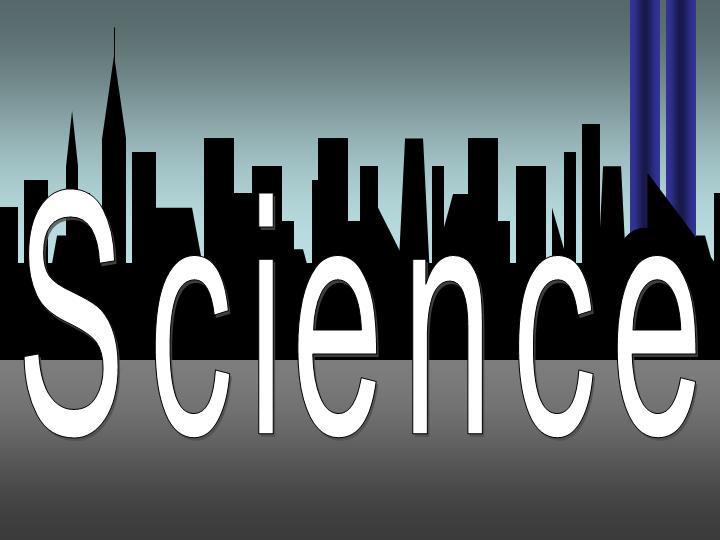
Affinity 2007 Conference
NYU Kimmel Center, New York, NY
July 8 - 12, 2007
Program and Speaker Biographies (as of June 30, 2007)
|
Sunday, July 8, 2007 |
|
|
Introduction |
George Ehrlich, Hoffmann - La Roche, Nutley, NJ |
|
Keynote Lecture |
A Human Protein Atlas Based on Affinity Proteomics |
|
|
|
Opening Ceremonies |
Richard Willson, |
|
Chairman Introduction |
Session 1: Affinity: Past, Present and Future |
|
101 |
My Life with Affinity: Essentials of Biorecognition and its Application |
|
102 |
Monolith Supports with Affinity and Pseudo Affinity Ligands for Superfast Purification of Biomolecules |
|
|
Coffee/Posters/Exhibits |
|
103 |
Immunodepletion - What's Beneath the Tip of the Plasma Proteome Iceberg? |
|
104 |
The NCI’s Clinical Proteomic Technology Initiative for Cancer - The Reagent Resource Core |
|
Lunch/Workshop |
Flexible Formats for Characterizing and Screening Protein-Protein Interactions using Bio Layer Interferometry on the Octet System
Matthew Kirtley ForteBio, Inc. |
|
Chairman Introduction |
Session 2: Advances in Affinity Technologies |
|
201 |
Evolution of Industrial Affinity in Biopharmaceutical Production |
|
202 |
Efficiency Improvements in the Discovery and Development of Novel Antibody Format and Protein-Based Biotherapeutics Using CaptureSelect® Affinity Ligands and Yeast Display Discovery Tools |
|
|
Coffee/Posters/Exhibits |
|
203 |
Generation of Fully Human Antibodies Derived from Fab-on-phage Display Libraries. Rapid Kinetic-based Screening of Fab Fragments for Lead Identification |
|
204 |
Novel Approaches to Affinity Screening |
|
|
Roche Younger Investigators 4:35 - 4:50 4:50 - 5:05 5:05 - 5:20 5:20 - 5:40 5:40 - 6:00 |
|
|
ISMR Council Meeting/Posters/Exhibits |
|
|
|
Chairman Introduction |
Session 3: New Developments in Chromatography |
|
301 |
Mathematical Modeling of Elution Curves for a Protein Mixture in Chromatography Applied to the Optimal Selection of Operating Conditions |
|
302 |
Affinity Interaction under Chaotropic Conditions |
|
|
Coffee/Posters/Exhibits |
|
303 |
ImmunoAffinity Capillary Electrophoresis for the Identification and Characterization of Toxic Biomarkers |
|
304 |
Biacore Applications for Effective Bio-therapeutic Development |
|
Lunch/Workshop |
Success Story of MabSelect |
|
|
Please stand by your poster/exhibit |
|
Chairman Introduction |
Session 4: Nano/Bio/Materials |
|
Pierce Award Lecture |
Molecular Recognition of Proteins on Surfaces and the Development of Critical Hydrophobicity HIC |
|
401 |
Analyte-Responsive Retro-reflectors for Biochemical Assays and Diagnostics |
|
|
Coffee/Posters/Exhibits |
|
402 |
Gold Nanorod Substrates for Localized Surface Plasmon Resonance Sensing |
|
403 |
Discovery and Development of OMNiMIPs: One MoNomer Molecularly Imprinted Polymers |
|
Panel Discussion |
Trends in Label-free Interaction Analysis |
|
|
Posters/Exhibits/Dinner on your own |
|
|
|
Chairman Introduction |
Session 5: Insights into Intra- and Inter- Molecular Recognition |
|
501 |
Self-Assembly of Soft Molecular Networks: Crystal Design and Curvature |
|
502 |
Molecular Recognition of Foreign Sequences in Engineered 5S Ribosomal RNA |
|
|
Coffee/Posters/Exhibits |
|
503 |
Small-molecule-mediated Rescue of Protein Function by an Inducible Proteolytic Shunt |
|
Social Event |
Walking Tour of the Village featuring Arthur Marks |
|
Chairman Introduction |
Session 6: Protein Interactions In and On Cells |
|
601 |
Dynamic Visualization of Signaling Activities in Living Cells |
|
602 |
Structure and Function of Eukaryotic RNA Exosomes |
|
|
Coffee/Posters/Exhibits |
|
603 |
Electrophoretic Fingerprinting of HIV-1 Cell Interaction: a Novel Tool for Development of Charge-Based Strategies |
|
|
Irwin Chaiken,
|
|
|
Please stand by your poster/exhibit |
|
|
Gala Dinner Cruise on |
|
|
|
Chairman Introduction |
Session 7: Viruses and Vaccines |
|
701 |
Ligand Recognition and Plasticity in HIV Envelope Glycoprotein gp120 |
|
702 |
The Role of Antibodies in Preventing and Treating HIV Infection |
|
|
Coffee/Posters/Exhibits |
|
703 |
Biomolecule Recognition in Piezoelectric Immunosensors: Application of Piezoimmunosensors for Detection of HIV1 Virion Infectivity Factor |
|
704 |
Interaction of gp340, a Glycoprotein in the Innate Immune System, with HIV-1 env |
|
ISMR General Meeting |
Presidential Announcements |
|
Lunch Break |
Posters/Exhibits/Lunch on your own |
|
Chairman Introduction |
Session 8: Drug Discovery and Diagnostics |
|
801 |
The Economics of Personalized Medicine: Optimizing Incentives for Innovation |
|
802 |
Biomimetic and Supramolecular Scaffolds for Multivalent Display |
|
803 |
Designing for Success: The Generation of Useful Leads with Small Molecule Libraries |
|
804 |
Cancer Chemotherapy with an FDA Approved |
|
|
Affinity 2009: the 18th Biennial Meeting of the International Society for Molecular Recognition |